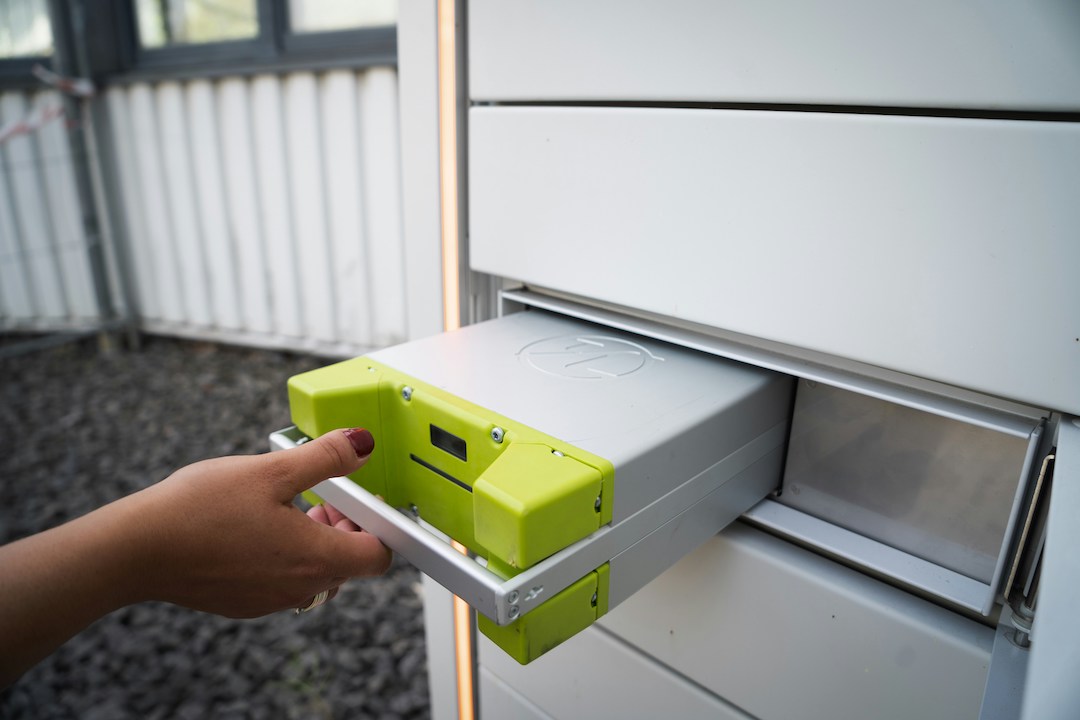A new report has revealed the potential of Australia’s battery manufacturing industry.
The report, released by the independent think tank Beyond Zero Emissions (BZE), suggests that investing in Australia’s battery manufacturing could increase trade and clean-energy opportunities for the future.

Australia needs to invest in batteries for energy and electric vehicles
Energising the nation
The BZE Battery Supply Chains report states that increasing clean technology could reduce Australia’s emissions by 81 percent by the end of this decade, supported by the supply of batteries for energy and electric vehicles. It suggests that strengthening the grid and heavy vehicle battery markets could open new doors for growth and exports.
According to BZE CEO Heidi Lee, the potential for development in Australia is significant.
“Australia is the only country in the world that has all the minerals required to make batteries, inverters and relevant components. With our skilled workforce, we can turn this into a niche batter market,” she explains.
“Australia could grow from a ‘dig and ship’ approach to a ‘mine and make’ nation, mining and refining lithium and other minerals, then manufacturing batteries onshore. The world demand for storage is so big that no one country can possibly fill it. Australia provides half the world’s lithium, but we capture less than 4% of the battery value.”

Market overview
The Battery Supply Chain report found that developing the Aussie battery industry could create 44,000 jobs and generate $57 billion in 2035.
It identified the Hunter Valley, Latrobe Valley, Central Queensland and Kwinana as areas where development hubs would thrive.
Globally, we will need 280,00 gigawatt hours (GWh) of battery storage by 2050. Currently, China is responsible for 1,200 GWh every year, and this makes up three-quarters of the total annual global production. In Australia, the biggest battery generates 1.7 GWh and is located in Waratah.
The lithium battery market is expected to reach an annual value of $1.25 trillion by 2030. Experts believe this shows massive potential for Australia, which already produces half of the world’s lithium. However, in order to capitalise on this global market, we need to increase the effectiveness of production on home soil. BZE’s Export Powerhouse report indicated that the climate targets set by Australia’s major trading partners could see an annual export drop of $128 billion unless we invest in clean energy alternatives such as lithium batteries.

Sparking change
According to the report, there are several ways to scale up Australia’s battery production over the next few years.
This includes investing $2 billion into the industry to develop battery cell manufacturing, which could secure a mining-to-battery production supply chain. Similarly, the industry could mirror the success of Australia’s rooftop solar energy by introducing battery storage on the small scale and focusing on a renewable energy scheme to make batteries more affordable
“Australia already makes batteries to power mining vehicles; to replace diesel generators on dairy farms; and to support the electricity grid as more renewable energy comes online,” Heidi Lee says.
“Australia’s rooftop solar and roll out of large-scale renewable energy has created the opportunity for storage to deliver low-cost energy to community and industry.
“Making batteries here in Australia can also help secure our energy independence whilst delivering clean mining and manufacturing jobs.”
CEO and co-founder of Hunter-based battery manufacturer Allegro Energy, Dr Thomas Nann, said increased investment in battery manufacturing from the Federal Government “would help us to rapidly accelerate our nation’s potential to become a leading centre for green energy storage, innovation and manufacture”.
The market for batteries is rapidly growing, and Australia needs to develop if we’re going to keep up.
To learn more about lithium production in Australia, click here.

